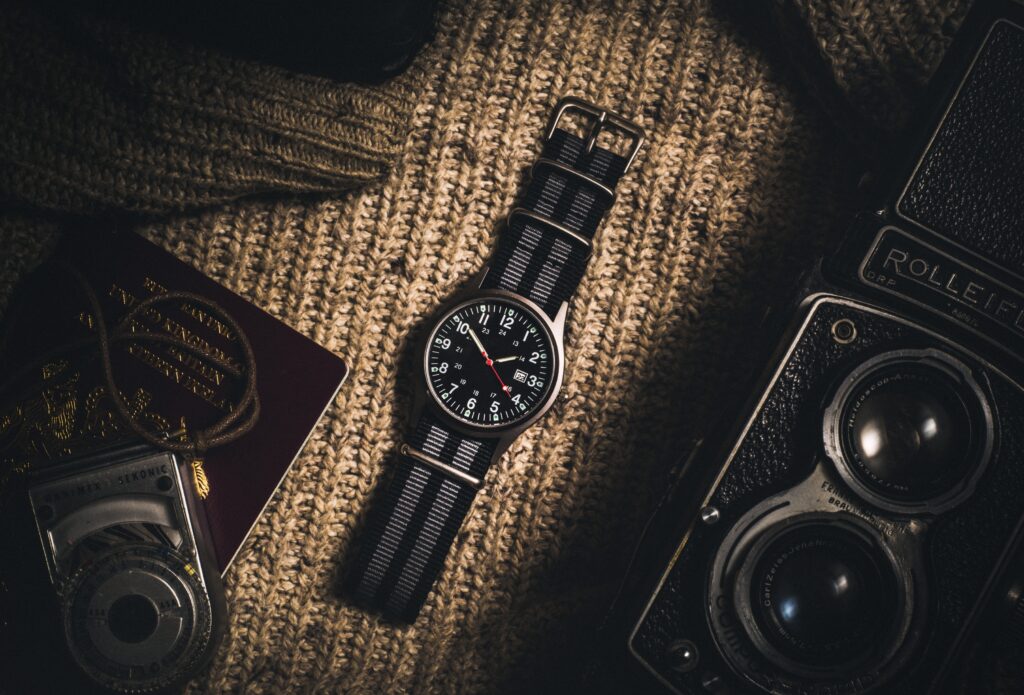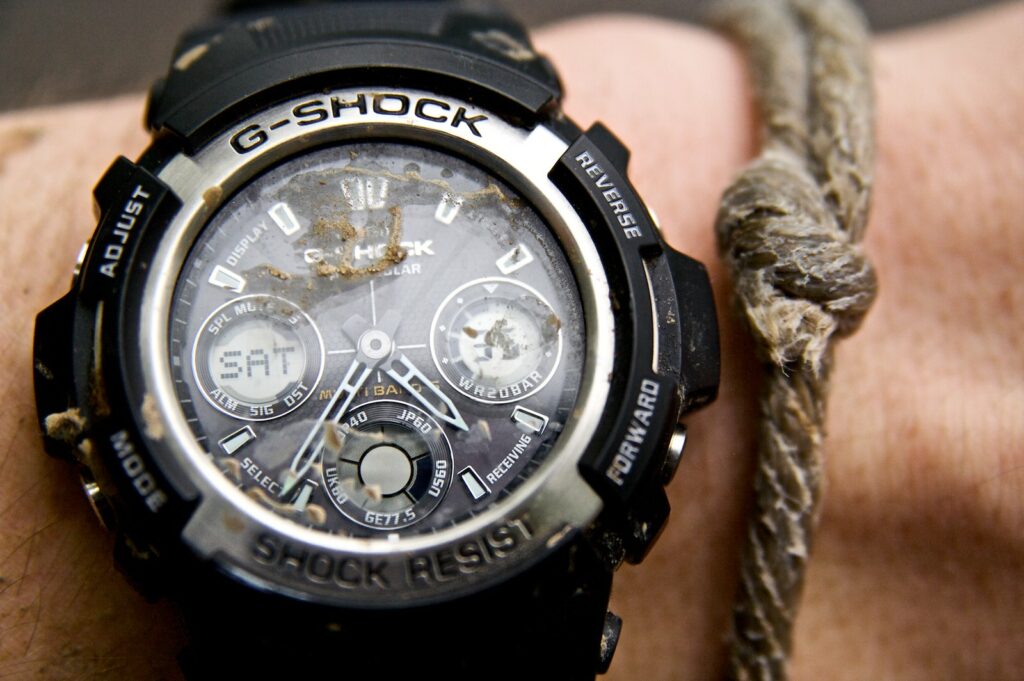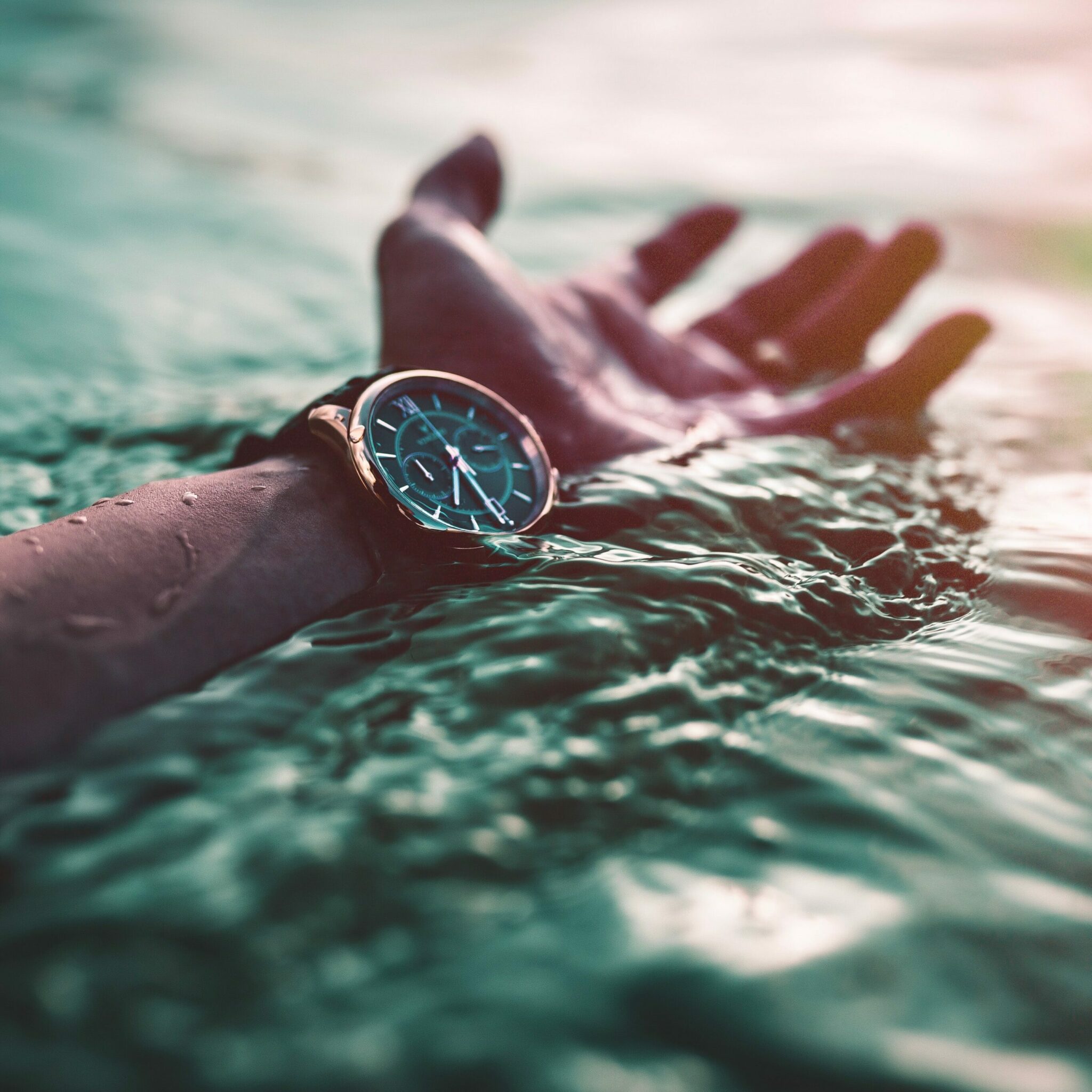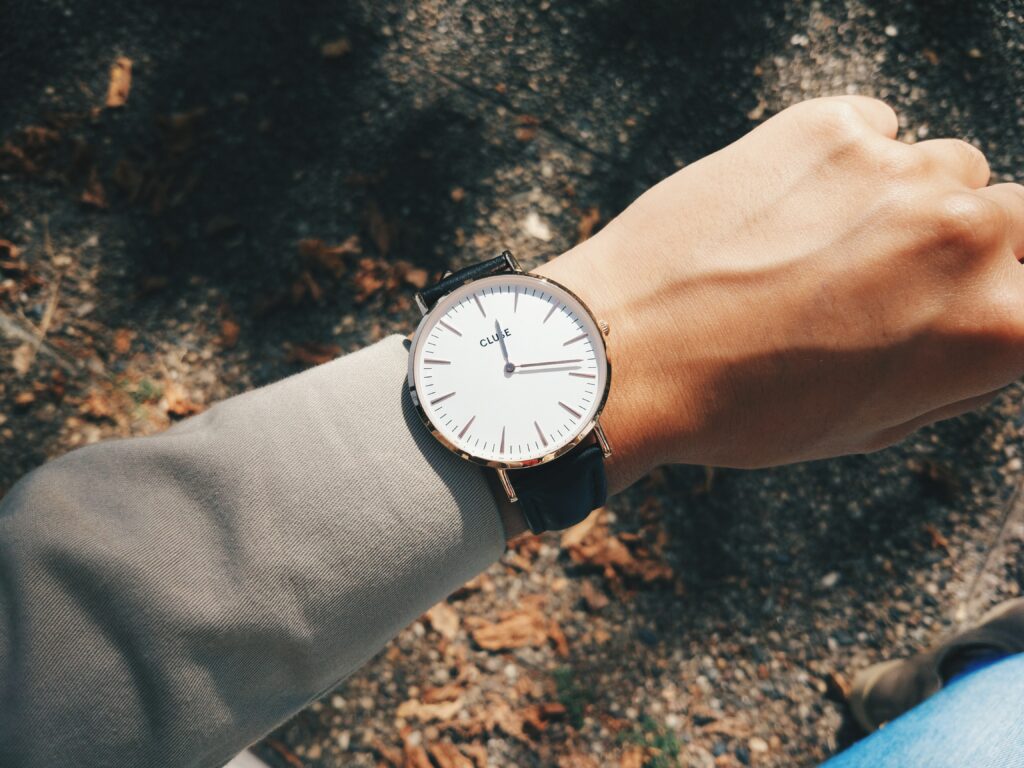
It would be understandable to assume that, once you’ve bought your watch, the hard work is over. You’ve parted with the cash, your wallet is lighter, and now is the time for appreciating and flashing your new timepiece. Well, you’re half right. If you’re new to the world of watches, you might not be aware of the ins-and-outs of watch cleaning and maintenance. Let’s get one thing clear; you’re going to have to learn how to clean your watch.
If this triggered an alarm bell (that wasn’t from the timer on your watch) then fear not. We’re here to help.
Firstly, we’ll go over why it’s so important to keep your watch clean. You’re bound to want to know why you need to clean your watch before you dive in. Firstly, your watch is bound to build up lots of dirt – it’s on your wrist wherever you go, after all! There will be a big build up of oil and debris over time, and this will damage not only the watch, but the strap. Essentially, you’ll need to clean the whole thing as a part of maintenance.
Maintenance aside, let’s not forget general cleanliness. We’ve already mentioned that it’s on your wrist wherever you go – just like your hands. And how often do you wash your hands? We’re not suggesting you clean your watch that often, but, especially in today’s pandemic ridden climate, cleanliness and hygiene are of utmost importance.
1) Assessing The Situation

Before you jump right into the following instructions, there are a few things to consider. There is a chance, for example, that you actually need professional help – and DIY definitely isn’t a good idea. It is also essential to know the water resistance of your watch. This really is important, because we’ve provided separate instructions for below and above 50m water resistance. You’ll need to know whether or not your strap is water resistant, too.
If you are in any doubt after reading this, then we would recommend contacting an expert for advice. If only for your own sense of mind. There is always a chance your watch is so old that the water resistance has been affected by time; wear and tear is only natural. Lots of watches require servicing from a professional, too. As mentioned above, some watches shouldn’t be tinkered with unless you’re a professional. You don’t want to scratch away the golden finish, or damage the internal components.
2) Water Resistance Of 50m Or Higher

The easiest watch to clean is a water-resistant watch. By water -resistant, we mean a resistance of 50 meters and above. Anything below 50, we recommend the non-water-resistant method below. Also, make sure to find out if your strap is water resistant. If it is, you can keep it attached as you clean.
Now, let’s get into the details:
- First, fill a bowl, dish, or pan with warm soapy water – not too much soap, just enough for a light solution. Washing up liquid will do fine.
- Next, dip a small light brush (a cheap tooth brush is fine) into the solution, and gently (very gently) brush away at the dirty parts of the watch.
- Rinse the watch with non-soapy water. If your watch has a water resistance of over 100m, we recommend running it under a cold tap for ease.
- Finish by drying off the watch, preferably with a cloth made from microfiber fabric.
3) Water Resistance of 50m or Less

A non-water resistant watch is slightly trickier – and by non-water resistant, we mean a watch with a resistance of 50m or less. These watches are, however, just as important to keep clean – the rules mentioned above still apply.
While we would recommend taking your timepiece in for servicing by an expert, there are a few things you can do – carefully – at home.
First, this seems obvious, but avoid any kind of submersion in water. Using a soft microfiber cloth (perhaps dampen it, but this is a risk), and wipe away any oil or grime around your timepiece. If there is any debris stuck in the crevices, you could try using a soft toothbrush to carefully remove it.
3) Cleaning Your Strap

Like your watch itself, the strap needs the same amount of careful prior assessments. Again, you’ll need to know the water resistance, and how the material will react to different methods of cleaning.
If the strap is water resistant, then the same methods apply: a gentle brush with a solution of warm soapy water. Always take care with a golden finish on a metal bracelet; you don’t want to scratch away the color – so a soft wash with just your hands. If you’re confident enough with the strap’s water resistance, you can always run it under the tap.
If your strap is made of leather, you need to be extra careful during a clean. Leather can easily absorb water, so only ever use a very slightly damp microfiber cloth. It might be worth giving your strap a wipe with a dry microfiber cloth more frequently than you would any other strap. This would stop dirt and oil building up, and prevent the need for a potentially damaging water clean. There are also plenty of leather rejuvenation kits, which include a rejuvenation cream and water resistance spray.
Summary
To summarize, watch cleaning and maintenance can look different depending on the type of watch you own. Make sure you read through our guide carefully to avoid making any mistakes, and check out our blog post on general watch maintenance!